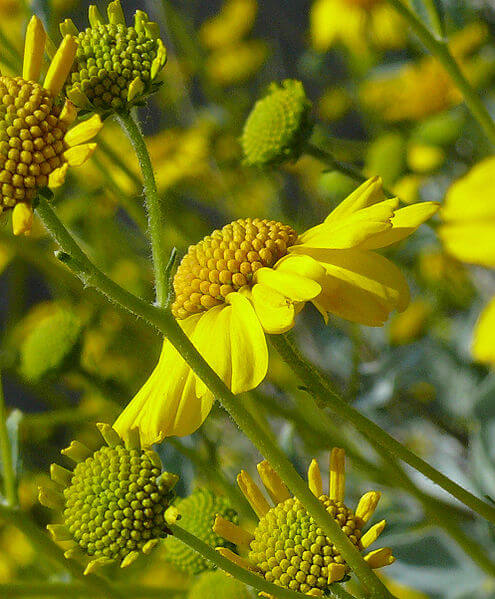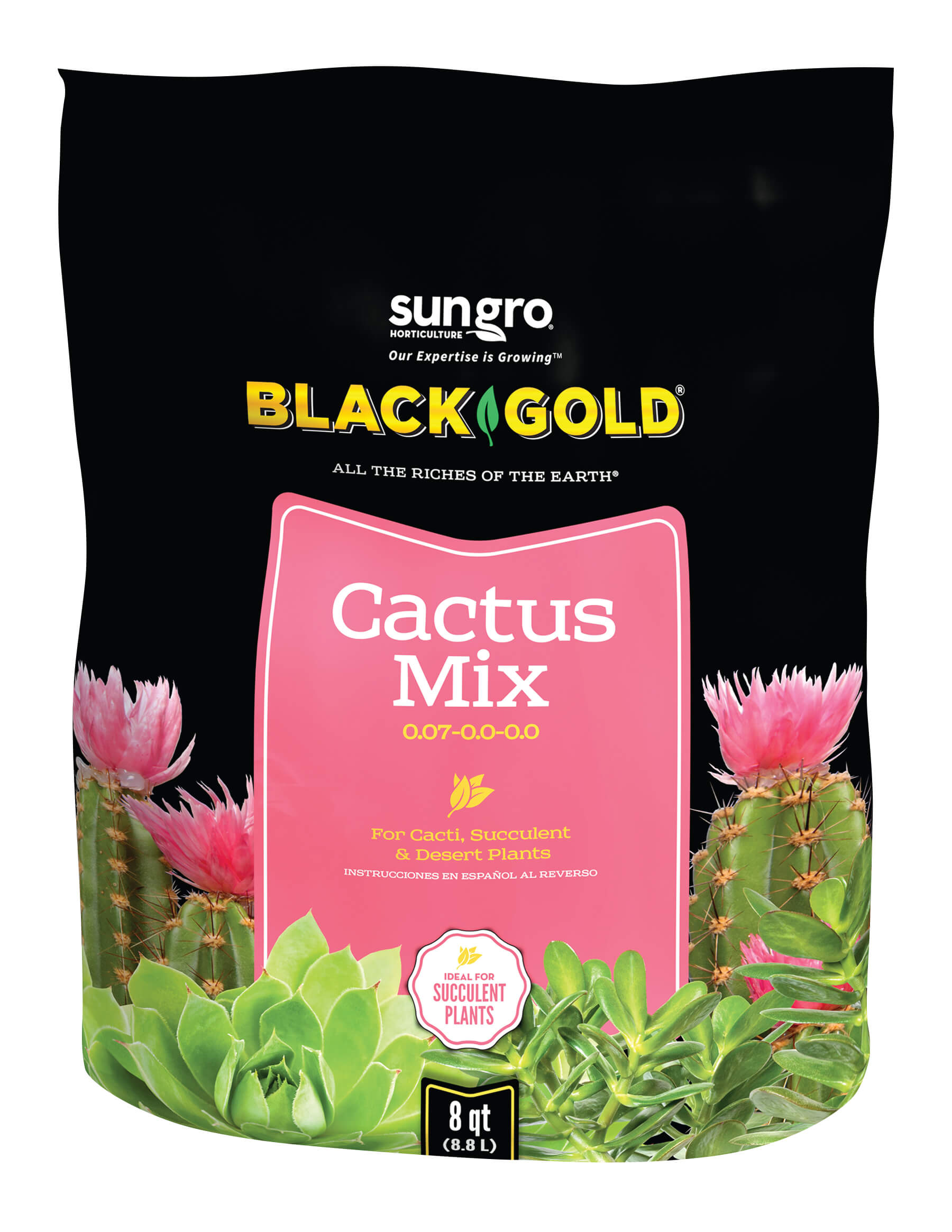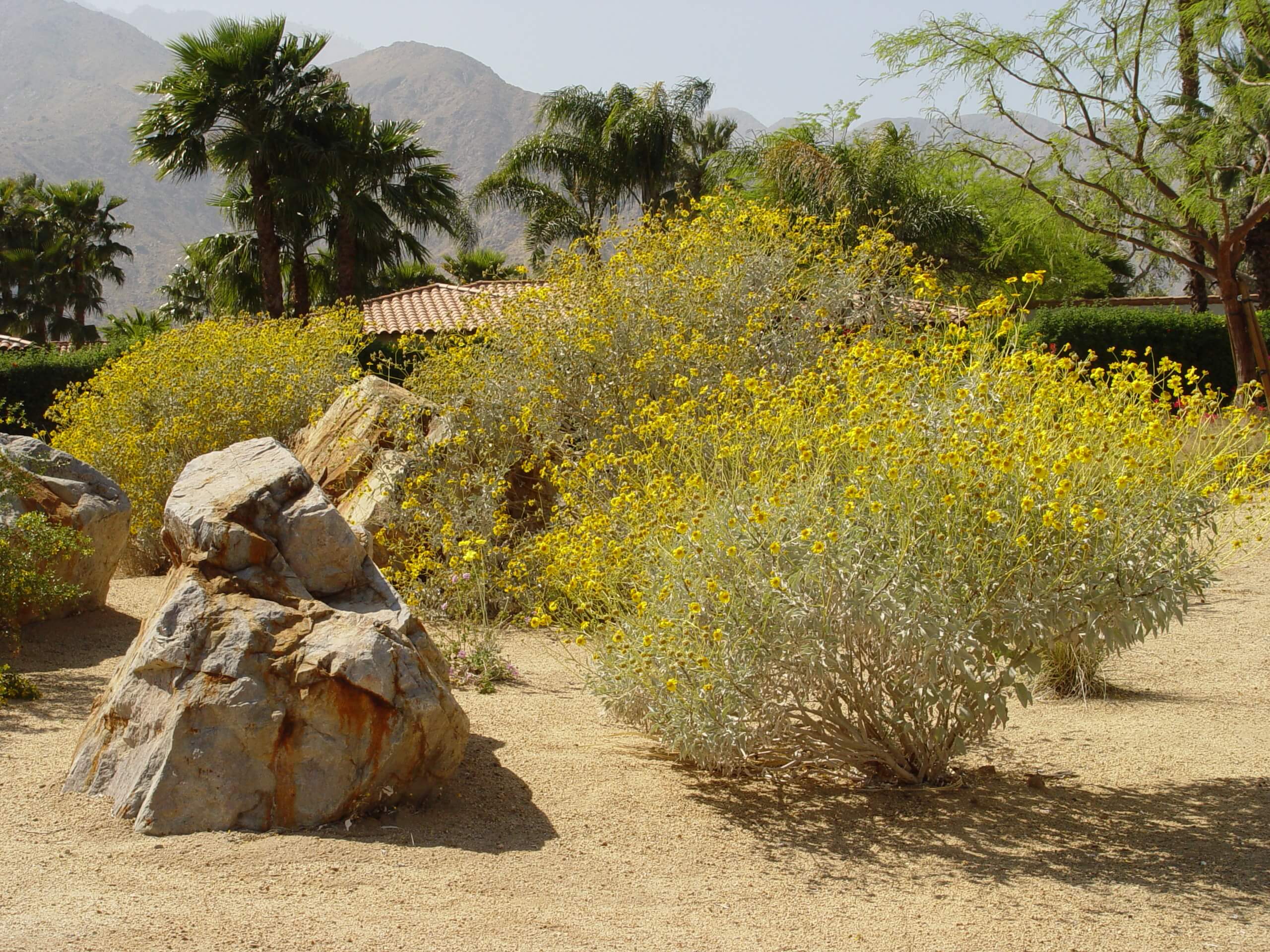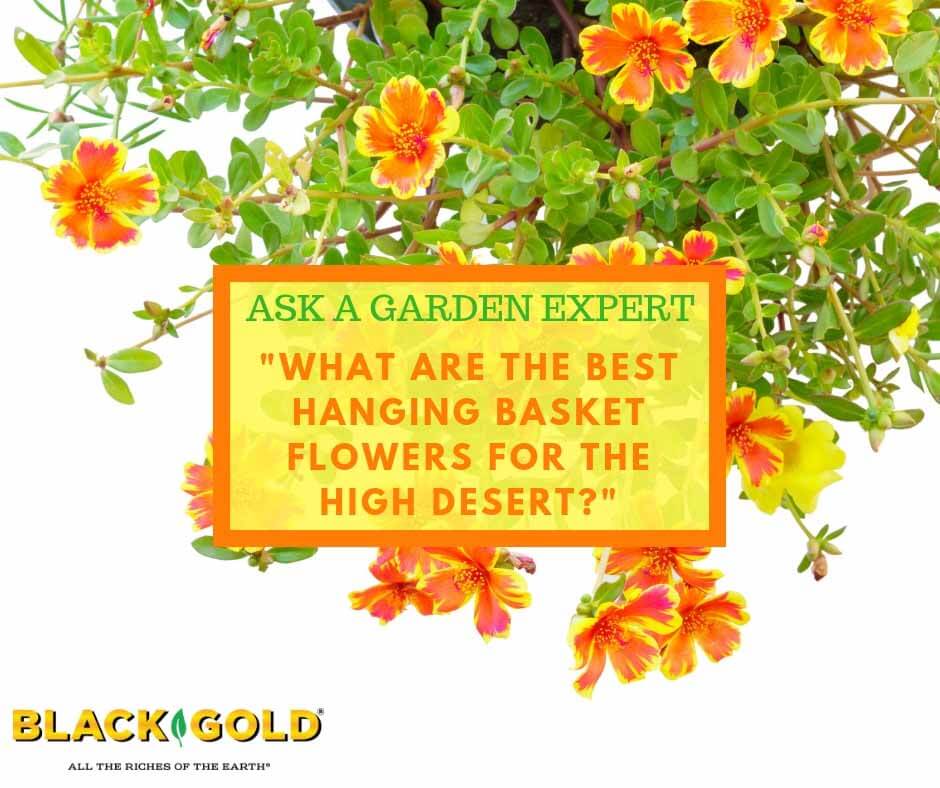
“What are the best flowers to plant in hanging baskets for high desert? We have lots of wind also?” Question from Jill of Greybull, Wyoming
Answer: There are several options for you. All of the plants I will mention are tender in your area. Some can be brought indoors to overwinter while others are best treated as flowering annuals. In this list, I avoided the common hanging succulents, like string-of-pearls and donkey tails, because they lack impressive flowers. (Click here to learn more about these hanging succulents.) Regardless of the drought-tolerant status of these hanging flowering plants, all will still require regular daily water in the growing months. They will also need to become well-rooted and established in their baskets before they are fully tolerant of dry heat and winds.
Plant all of these hanging basket plants in a moisture-holding potting mix so they can grow to their fullest outdoors. I recommend Black Gold Waterhold Cocoblend, which is OMRI Listed for organic gardening, or Black Gold Moisture Supreme Container Mix. I also suggest hanging them along a porch or patio where they will get some protection from the high midday sun. If you bring any of them indoors as winter house plants, water them very little during the cold months because this can induce rot. (Click here to learn more about winter succulent care.)
Here are a few long-blooming hanging basket plants to consider for your high-desert garden.
Hanging Drought-Resistant Flowers

Firecracker plant (Russelia equisetiformis): Hummingbirds love the flowers of this trailing Mexican native. It has very fine foliage and becomes covered with red, tubular flowers all season long, with good care. It is tolerant of both wind and drought.
Trailing lantana (Lantana sellowiana): This extra drought-tolerant lantana produces many clusters of white-eyed lavender flowers that are visited by butterflies. It grows well as a seasonal ground cover but also looks great in hanging baskets.
Cobweb spiderwort (Tradescantia sillamontana): The silvery leaves of this drought-tolerant spiderwort from Mexico are lovely, and it bears lavender-pink flowers from early to midsummer. It also makes a great house plant.
Silverleaf geranium (Pelargonium sidoides): This tough, droughty geranium has pretty silver leaves and dark red flowers that bloom nonstop if you remove the old flowers. It grows well as a groundcover but also looks lovely in hanging baskets and containers. You can also bring this one indoors in winter.
Hanging Flowering Succulents
Flowering purslane (Portulaca umbraticola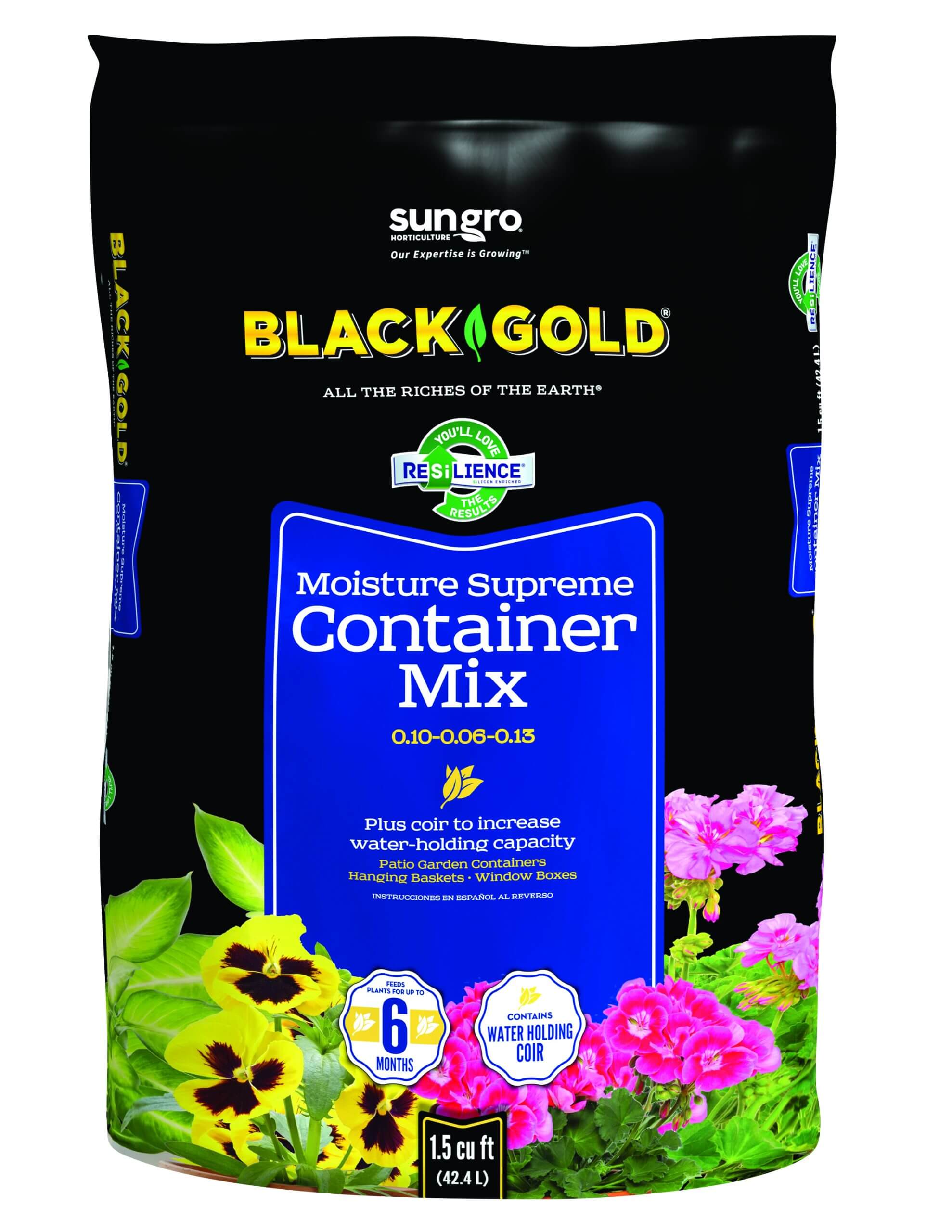 ): You will want to grow these beautiful succulent annuals for their brilliantly colored flowers. They are perfect for hanging baskets and bloom all season long. You can also try the common and closely related moss rose, but it is a little less drought tolerant.
): You will want to grow these beautiful succulent annuals for their brilliantly colored flowers. They are perfect for hanging baskets and bloom all season long. You can also try the common and closely related moss rose, but it is a little less drought tolerant.
Everblooming iceplant (Delosperma Wheels of Wonder® Fire): There are several varieties in the Wheels of Wonder® series of iceplants. All are tolerant of drought and have very brightly colored flowers that bloom all summer.
Little pickles (Othonna capensis): This succulent from South Africa has starry yellow flowers that bloom all season. It also makes a lovely house plant.
I hope that you try some of these beautiful hanging basket plants in your high desert garden this season.
Happy gardening!
Jessie Keith
Black Gold Horticulturist





